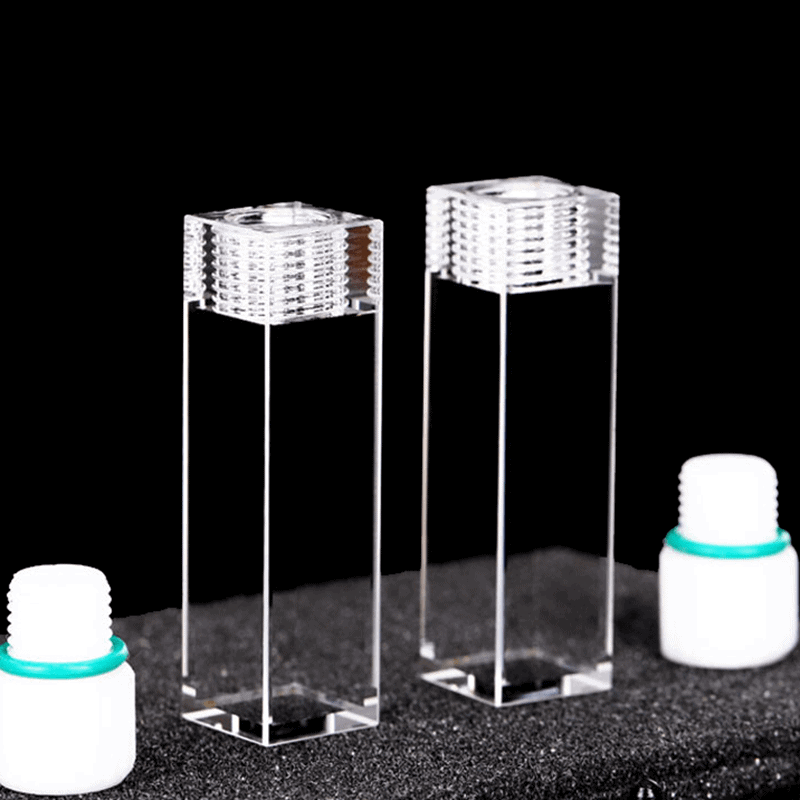Why Cuvettes Are Required for Exact Proportions in Labs
Why Cuvettes Are Required for Exact Proportions in Labs
Blog Article

The Advantages of Cuvettes and Quartz Vials in Scientific Study
In scientific study, the precision and consistency of dimensions are paramount, particularly in areas like spectroscopy, chemical analysis, and biology. One critical factor that guarantees detail in these reports is the cuvette, especially quartz vial. Understanding the advantages of cuvettes and the advantages of applying quartz vials may considerably affect the results of studies and lab work.
Detail in Spectroscopy
Cuvettes are necessary for keeping liquid samples in various analytic devices, such as spectrophotometers. These devices assess the absorbance or sign of light through a sample, and the cuvette acts since the pot for the taste during analysis. The size and product of the cuvette play a crucial role in ensuring the reliability of the measurements. Quartz vials, particularly, present extraordinary visual understanding, enabling appropriate light sign across a wide range of wavelengths, including uv (UV) light. This makes quartz vials a great selection for spectroscopic studies, where detail is critical.
Toughness and Substance Weight
Quartz vials stand out due to their durability and weight to hard chemicals. Unlike plastic cuvettes, quartz vials are less likely to weaken or respond with compounds in the trial, ensuring that the outcome of the experiment remain unaffected by possible contamination. This quality makes quartz vials specially of good use in situations where extreme solvents or high temperatures are involved. Their capability to resist serious situations without limiting the integrity of the taste is among the major causes they are favored in lots of lab applications.
Reliability in Size and Form
How big is a cuvette is not just a one-size-fits-all situation. The aspect of the cuvette, such as for instance their way size, impacts the volume of the trial and the quantity of light that goes through. Choosing the correct cuvette measurement for the specific experiment ensures that the results are not manipulated due to under or over-concentration of the sample. Quartz vials come in a variety of measurements and styles, letting analysts to choose probably the most appropriate solution on the basis of the requirements of their experiment. That flexibility plays a part in more exact information and allows for greater control over fresh conditions.
Visibility and Gentle Transmission
Quartz is known for their exemplary visibility, specially in the ultraviolet (UV) and apparent gentle spectra. That makes quartz vials perfect for used in devices that require obvious visual trails, such as UV-Vis spectrophotometers. The remarkable light sign properties of quartz ensure that the gentle moves through the test with little spreading or consumption, resulting in more precise readings. For studies that demand large precision, quartz vials provide a distinct benefit around other materials.
Long-Term Stability
When employed in research laboratories, it is crucial to have reliable tools that keep their integrity around time. Quartz vials aren't just chemically resistant but additionally very tough, meaning they're less likely to knowledge use and tear. That long-term reliability guarantees that researchers can use quartz vials for extensive periods without worrying all about destruction or the need for frequent substitutes, contributing to cost-effectiveness in the extended run.
In summary, both cuvettes and quartz vials offer a selection of benefits that increase the quality and precision of laboratory experiments. From their remarkable visual quality with their chemical weight and durability, these instruments are crucial in medical research. By selecting the best cuvette measurement and employing quartz vials, analysts can assure accurate measurements and achieve more reliable effects in their studies. Report this page